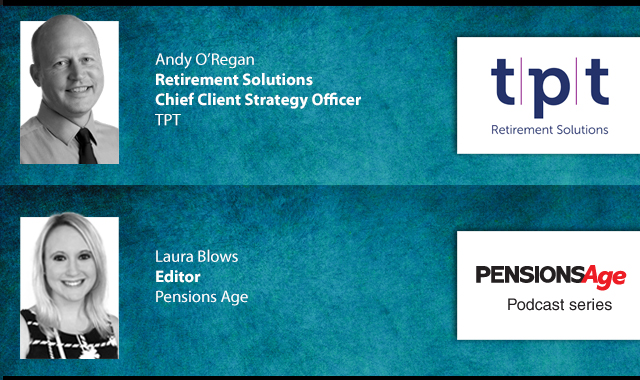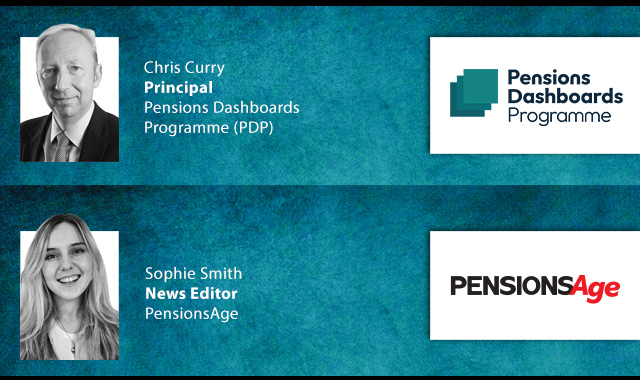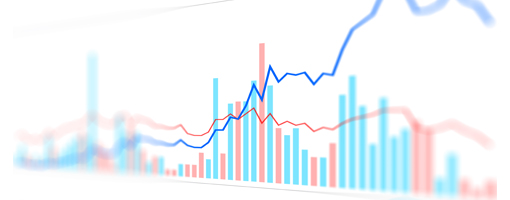HMRC has found that the combined tax reliefs for pensions, including reliefs on contributions and tax-free investment growth, accounted for approximately £52bn in 2023/24.
The 2024 HMRC non-structural tax relief statistics also revealed that the estimated cost of national insurance (NI) contribution relief on registered pension schemes has increased from £21bn in 2019 to 2020, to £22bn in 2024 to 2025.
The estimated cost of income tax relief on registered pension schemes has also increased in cash terms from 2019 to 2020 to 2024 to 2025.
HMRC attributed this to the aggregate value of pension contributions, which generally correlates with broader labour market income.
It also said that growth in labour income over recent years may have supported the rise in the estimated cost of this relief.
The increase to the annual allowance and the abolition of the lifetime allowance have increased contributions and decreased pension tax charges over this period, increasing net tax relief on pensions.
Pension tax relief saved taxpayers £28.5bn in 2023/24, up by £5.8bn relative to five years earlier, and is expected to increase to £29.5bn in 2024/25.
Meanwhile, relief on NI contributions saved taxpayers £23.5bn in 2023/24, up by £2.1bn relative to five years earlier, and is estimated to drop to £22.1bn in 2024/25 due to reductions in rates.
The increase in savings over the past five years highlighted the importance of encouraging savers to increase their retirement contributions.
The HMRC data revealed that while these reliefs play a critical role, they remain poorly understood by the public.
Commenting on the figures, Hargreaves Lansdown head of retirement analysis, Helen Morrissey, said tax relief continues to save people billions, a combined £52bn, explaining this came from £28.5bn in pension tax relief and a further £23.5bn in NI in 2023/24.
Morrisey called it “a real hidden hero” that boosts the amount that goes into pensions and makes savers better off in retirement.
She explained that it was expected to rise still further in the future, helped by the abolition of the lifetime allowance as well as the higher annual allowance.
She said it would be interesting to see whether the rumours swirling around pre-Budget about a move to a flat rate of tax relief have an impact, noting this move would be "good news" for basic rate taxpayers, but less so for those on higher and additional rate tax who receive the “lion’s share” of tax relief.
She said that Hargreaves Lansdown saw more people “maxing out” their self-invested personal pension as a result of the rumours.
“If this was an industry-wide phenomenon, we could see this feed through into next year’s data - although this will depend on whether people chose to pay in more than they normally would or just brought contributions forward ahead of the Budget,” Morrisey added.
“It shows why tax relief remains such a tempting target for a government in search of cash.
“These are enormous sums of money, and with auto-enrolment bringing many people into saving automatically, a future government may think it’s a hefty incentive they don’t need to give.”
Given the “enormous” impact pension tax relief can have on savers' pensions, Morrisey argued it remained poorly understood, although recent pre-Budget coverage of rumours that the government was considering a shift to a flat rate system would have boosted awareness of this benefit.
She emphasised that pension tax relief was a powerful incentive to save into a pension, calling it a “relief” that it was not “tinkered” with in the Budget.
However, she warned that with the self-assessment deadline on the horizon, it was an important reminder for higher and additional rate taxpayers to check to see if they are claiming their higher rate relief on their tax returns or risk missing out.
In addition to this, she said that regarding NI, there was a slight drop when compared to last year, with estimates suggesting there will be a further drop again next year as the rate applied between the primary threshold and upper earnings limit was reduced.
This reduction was from 12 per cent to 10 per cent in 2023 to 2024 and then to 8 per cent in 2024 to 2025.
Morrisey said it also remained to be seen what impact the hike to employer NI would have on employer costs, as well as the long-term effects on wage rises and increases to employer pension contributions.
She highlighted salary sacrifice arrangements as an option to help employers manage these costs as they save NI as people give up their salary for benefits.
“We can expect to see employers exploring how they can use these schemes going forward,” she added.
Latest News
-
Govt urged to launch adequacy review 'sooner rather than later'
-
Clark & Butcher Limited Pension Scheme agrees £2m buy-in with Just
-
Phase two of pension review a 'once in a generation opportunity' for industry to be heard
-
Pension industry shouldn’t wait for regulation to implement AI
-
This week in pensions: 24-28 March 2025
-
News in brief - 28 March 2025
Being retirement ready
Gavin Lewis, Head of UK and Ireland Institutional at BlackRock, talks to Francesca Fabrizi about the BlackRock 2024 UK Read on Retirement report, 'Ready or not. How are we feeling about retirement?’
Time for CDI
Laura Blows speaks to AXA Investment Managers (AXA IM) senior portfolio manager for fixed income, Rob Price, about cashflow-driven investing (CDI) in Pensions Age’s latest video interview
The role of CDC

In the latest Pensions Age podcast, Laura Blows speaks to TPT Retirement Solutions Chief Client Strategy Officer, Andy O’Regan, about the role of collective DC (CDC) within the UK pensions space
Keeping on track

In the latest Pensions Age podcast, Sophie Smith talks to Pensions Dashboards Programme (PDP) principal, Chris Curry, about the latest pensions dashboards developments, and the work still needed to stay on track
© 2019 Perspective Publishing Privacy & Cookies
















Recent Stories